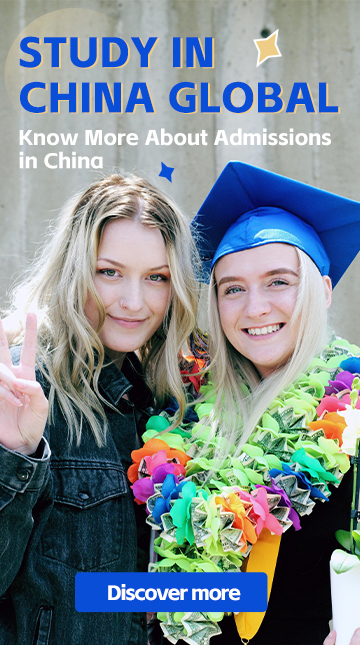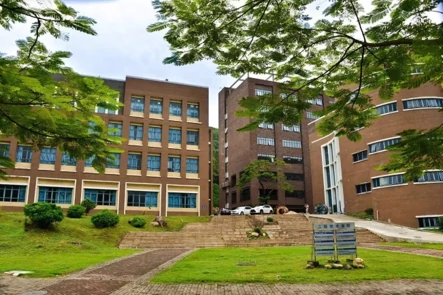
Beijing Normal University Belt & Road School Why Choose BRS for Your Postgraduate Journey? As a world-class institution within Beijing Normal University (BNU)—ranked #9 in China...
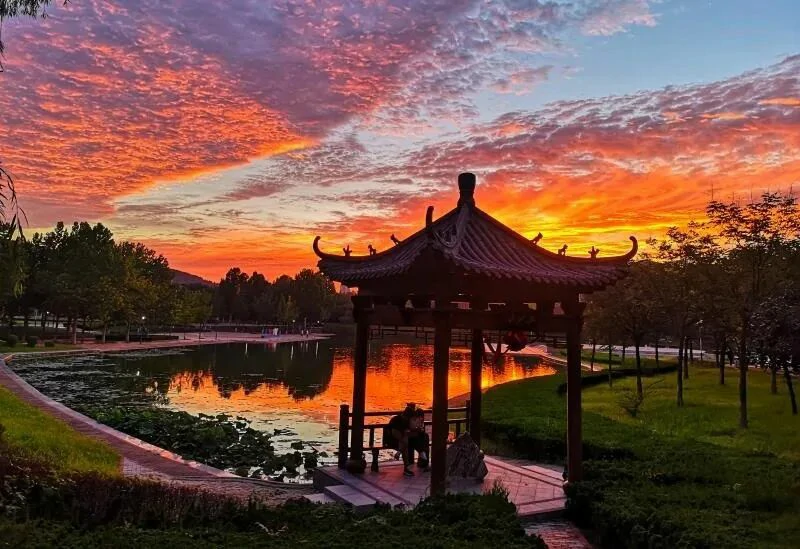
Spring 2026 Chinese Language Programs – Multiple Cities & Durations! 🎓 Explore China and master its language through our diverse 2026 spring intake programs! 🎓 Choose from flexible ...
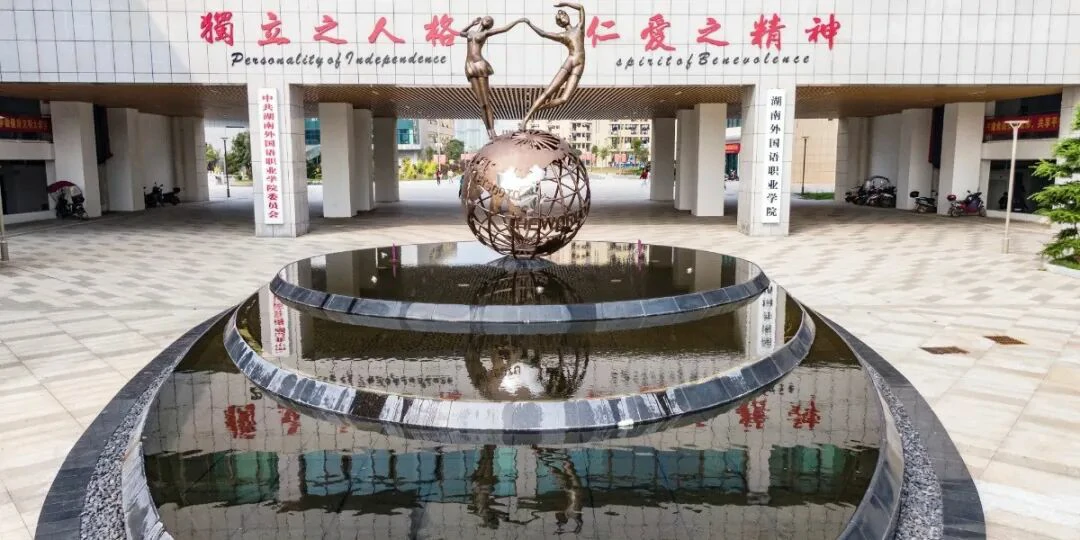
Dear International Agents,are your students considering China for their studies in 2026? We are pleased to announce that our partner college in the vibrant city of Changsha, Hunan, is now accepting ap...
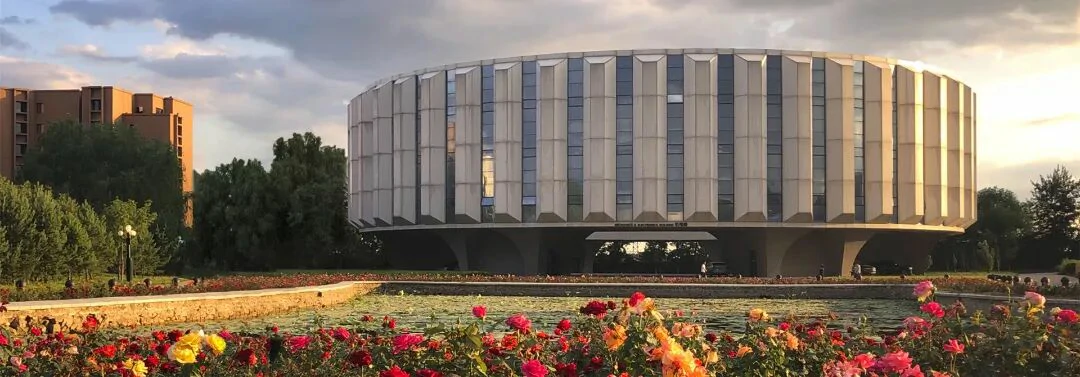
The university is located in Shenyang, an awesome city in Northeast China. Here, modern education meets a vibrant campus culture. You'll be taught by really friendly professors, study with classmate...

Recently, a group of international students from the University of Science and Technology of China visited Yanzihe Experimental Middle School in Jinzhai county, Anhui province. The 12 international...

Mechanical Engineering in HUNAN Partial Scholarship The employment prospects of international students majoring in mechanical engineering are still very broad after graduation. They can find...
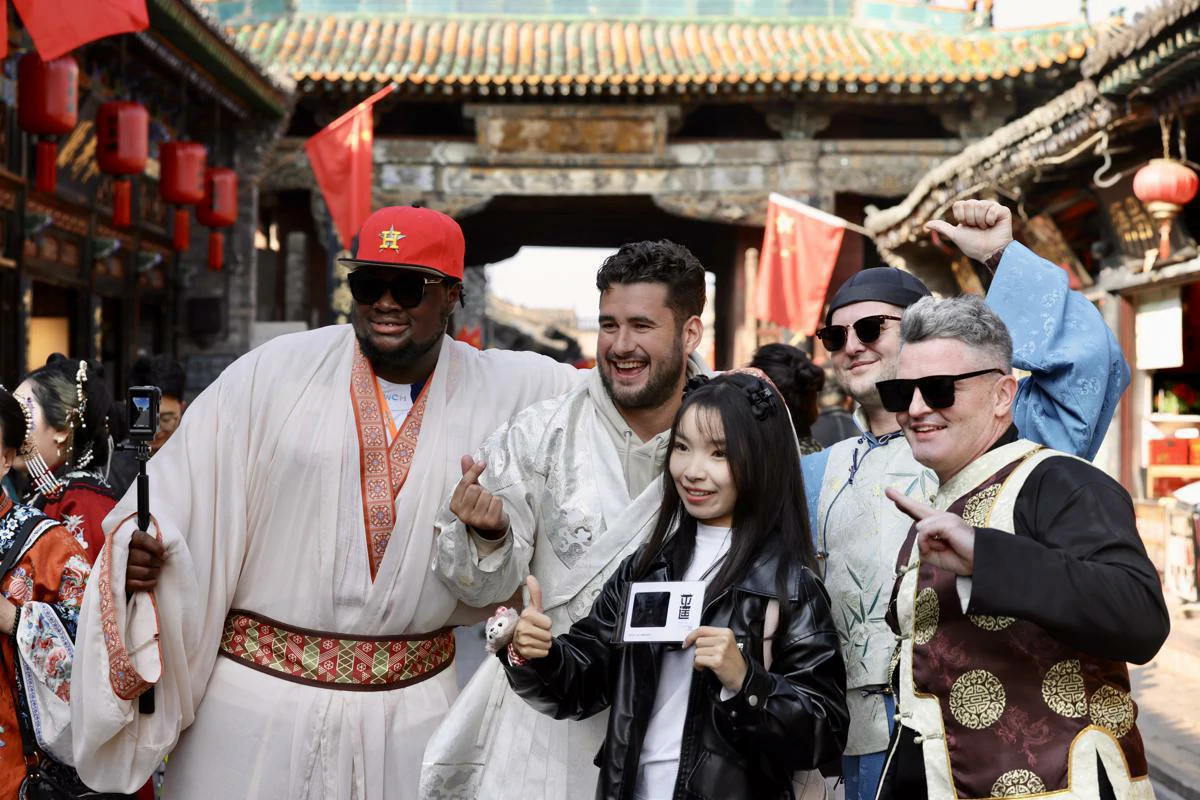
For friends who've never set foot in China, if your idea of the country still stops at postcard scenes of the Great Wall or the Forbidden City, or perhaps the neon-lit skyline of Shanghai, it's time...

When the sun crosses the celestial longitude of 135° on August 7, 2025, nature quietly begins autumn's prelude. As one of the "Four Commencements" in China's 24 solar terms, Liqiu (Be...
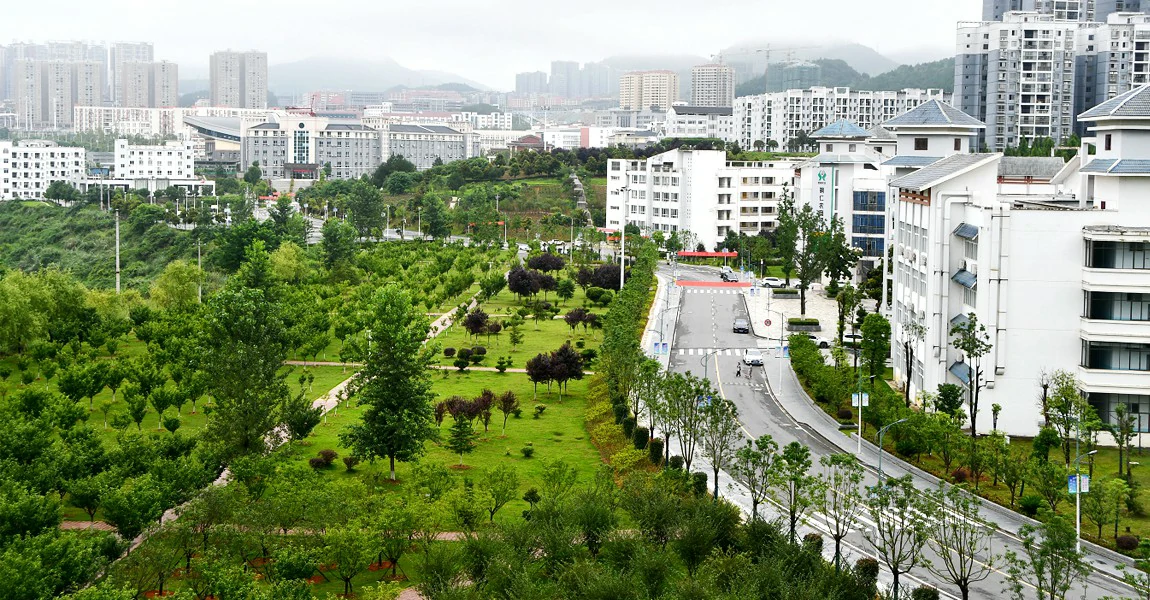
This university is located in the scenic city of Tongren, surrounded by mountains and rivers, offering a beautiful and tranquil campus environment. The 2026 Spring Chinese Language Program is now o...
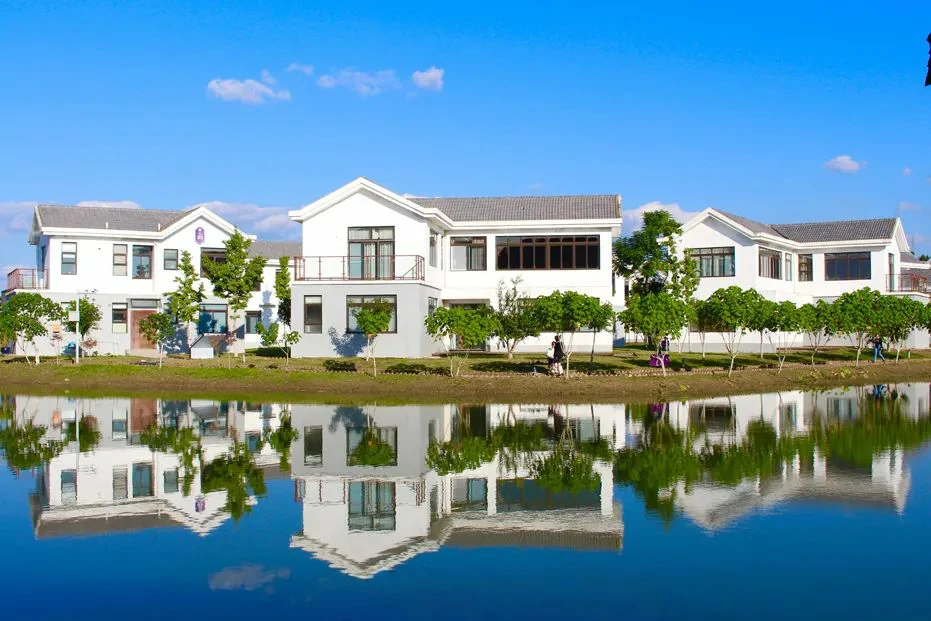
University in Sichuan-Fast Offer Within 1 Week & 95% Success Rate! Program Details Basic Information: Majors: 1. Data Science & Big Data Technology 2. Logistics Management Degree: 4-...

